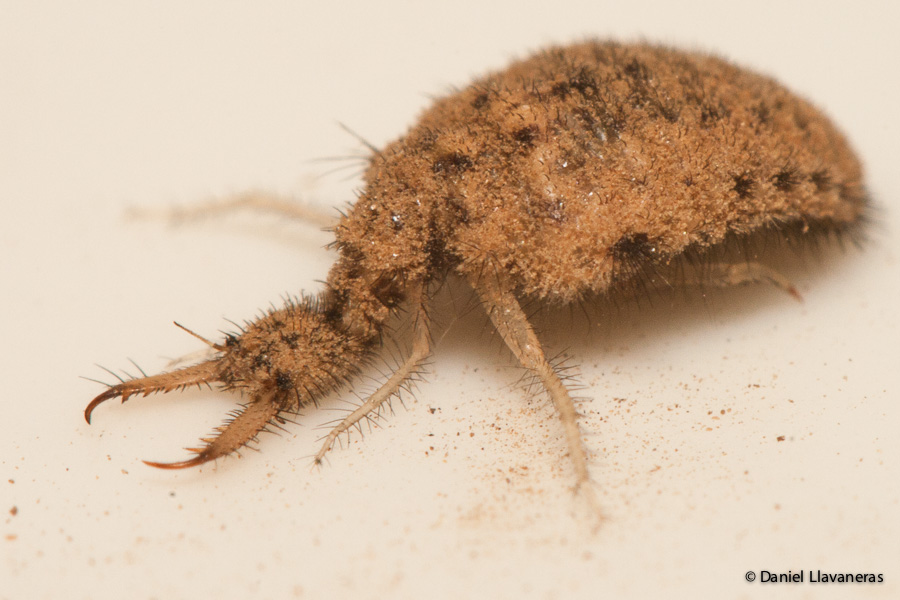You leave your home in the morning, as you do every day. On your way to work, you walk past a deep, conical pit, dug in fine sand, with smooth edges that lead to a small cavity at the bottom. As you continue walking, you notice more of these pits; they vary in size, but they are all the same shape.
Soon, you get too close to the edge of one of the pits, and a flurry of rocks blast from the bottom of the pit and hit your legs; before you know it, you’re tumbling down the sides of the pit, and if you try to slow yourself down and scale the smooth surface back to the top, you’re hit with another wave of rocks thrown at you from the center of the pit. Finally, you reach the bottom, where you can only see them when it’s too late: Two massive jaws, each with several sharp, pointed teeth, grab your sides and a creature you can’t see starts eating you while you’re still alive.
While this may seem like the plot for a SyFy original movie, this is a common occurrence in the insect world. The unfortunate creature that met its demise at the bottom of the pit is an ant, and the undescribed monster with the massive jaws is an antlion larva.
Antlions belong to the family Myrmeleontidae in the order Neuroptera, and its closest relatives, the lacewings and owlflies (Chrysopidae and Ascalaphidae, respectively) also have predatory larvae. However, they are active hunters, unlike antlion larvae; these dig conical pits in fine sand and wait for ants or other small arthropods to walk close to the edge, and when one does, they fling grains of sand at them until they tumble down the pit and into their massive jaws.
Now, as you can see in the above pic, they are basically huge abdomens with massive scissor-jaws. So how can they possibly hide? Easy: they have fine hairs all over their body that trap dust and sand, and then they bury themselves deep until only part of the jaws are visible at the bottom of the pit. Once buried, they wait motionless for an unsuspecting prey to walk by.
Of course, they’re very easy to see once they’re on a white surface and (somewhat) clean:
 But place them on soil, and they immediately cover themselves with it and are notoriously hard to spot unless they move:
But place them on soil, and they immediately cover themselves with it and are notoriously hard to spot unless they move:
 I enjoy seeing these larvae because they are a) Visually awesome and b) They show spectacular behavior when they’re capturing prey. I definitely wouldn’t want to be a small arthropod near one of these pits, particularly when I know what’s at the bottom!
I enjoy seeing these larvae because they are a) Visually awesome and b) They show spectacular behavior when they’re capturing prey. I definitely wouldn’t want to be a small arthropod near one of these pits, particularly when I know what’s at the bottom!


